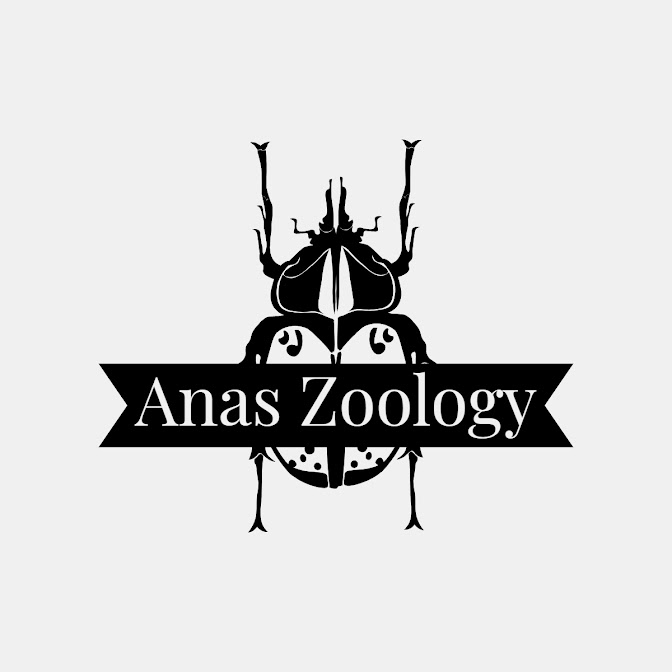Biomembranes
Biomembrane/Biological Membrane is a semipermeable covering around the cell and organelles, which separated them from the external environment. Biomembrane which covers the cell is called a cell membrane/Plasmalemma, biomembrane which covers the organelle is called subcellular membrane. Composition of Biomembrane Biomembranes are tripartite or trilaminar i.e. made up of three layers Proteins : 59-75% fibrous or globular proteins Lipids : 20-40 % Phospholipid, sterol, glycolipid, sphingolipid Carbohydrates : 1-5% Hexose, hexamine, sialic acid Functions of Biomembranes: Helps to transport the solutes across the membrane. Biomembrane only allow certain types of molecules to enter the cell and organelle, they keep the toxins from entering into the cell. The receptors present on biomembranes helps the cells to communicate.

.png)



